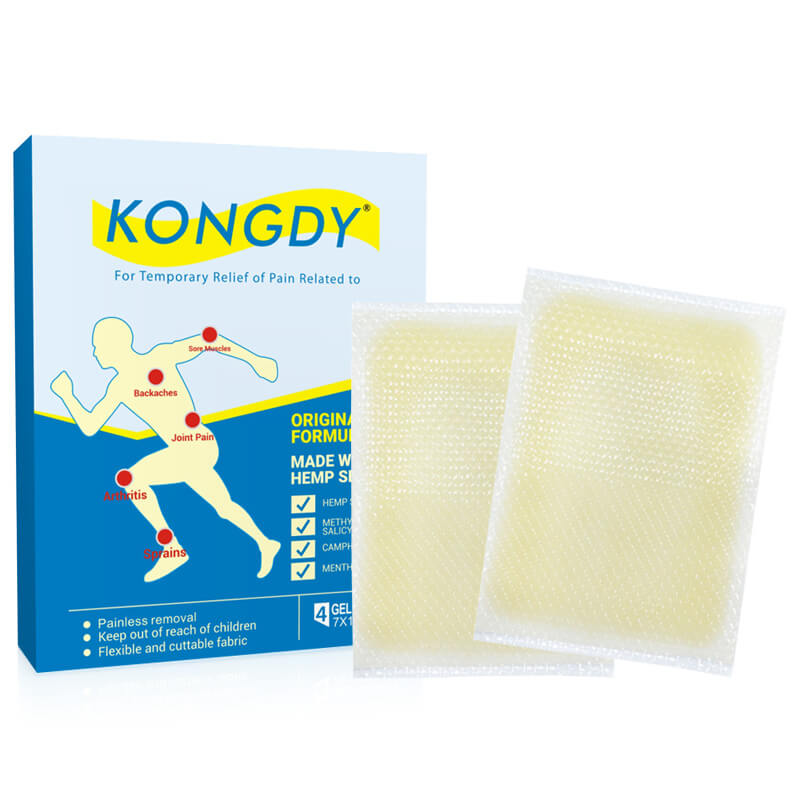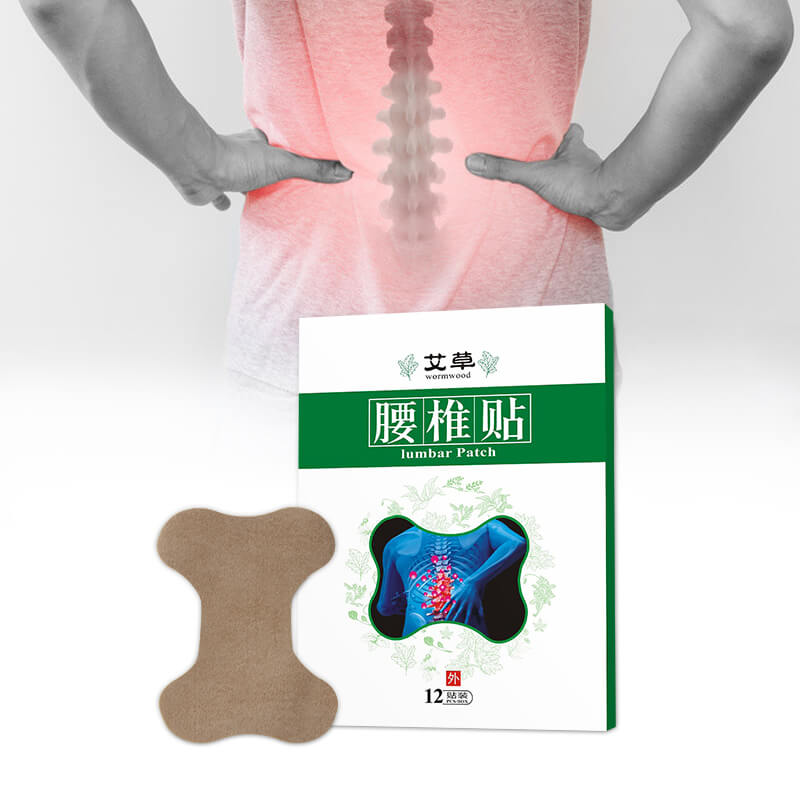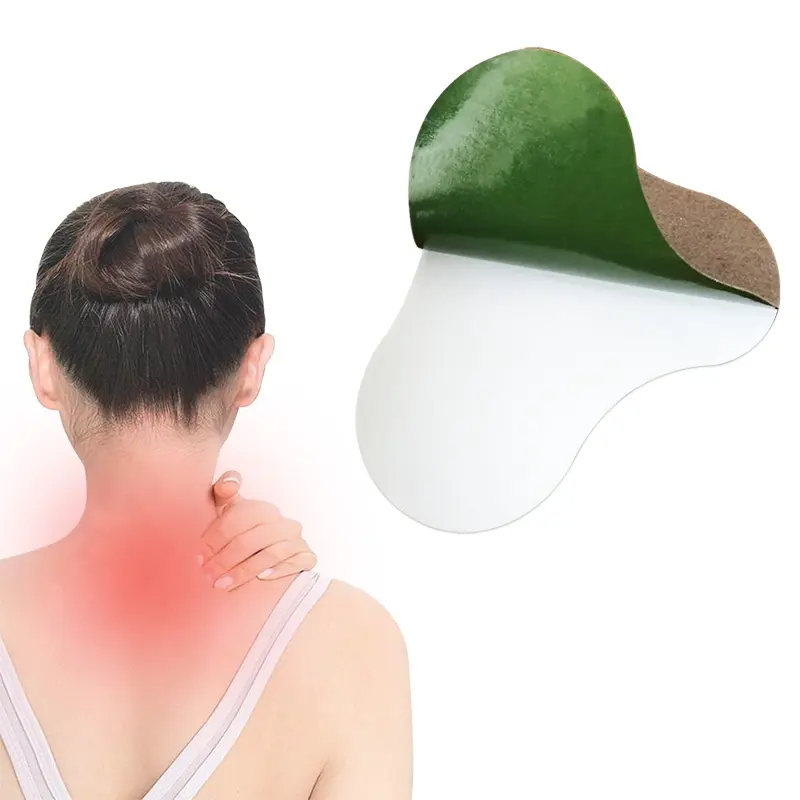
Restoring Strength: The Role of Plasters in Healing Iron-Related Injuries
Release time:2023-09-21 Click:130
Introduction
In the realm of injuries, one particular type that often plagues individuals is iron-related injuries. Whether it's a broken bone or a deep cut, these injuries can be painful and debilitating. However, in recent years, the use of plasters has gained significant attention for their role in healing these specific types of injuries. Plasters, also known as casts or bandages, have proven to be effective in restoring strength and aiding the recovery process. In this article, we will explore the fascinating world of plasters and delve into their crucial role in healing iron-related injuries.

The Science Behind Plasters
To truly understand the significance of plasters in healing iron-related injuries, it's essential to grasp the science behind their functionality. Plasters are typically made from materials such as fiberglass or plaster of Paris, which are lightweight and durable. When applied correctly, they provide immobilization to the injured area, allowing the bones to heal properly. Plasters also offer protection against further damage, reducing the risk of complications during the healing process.
The Benefits of Plasters
Plasters offer numerous benefits when it comes to healing iron-related injuries. Firstly, they provide stability to the affected area, preventing unnecessary movement that could hinder the healing process. By immobilizing the injury, plasters allow the bones to align correctly, leading to better healing outcomes. Additionally, plasters help to alleviate pain by reducing pressure on the injured area, providing comfort to the patient.
Moreover, plasters act as a physical barrier, protecting the injury from external factors such as dirt and bacteria. This reduces the risk of infection, which is crucial for a successful recovery. Plasters also offer psychological support by providing a visible symbol of healing, giving patients a sense of progress and hope throughout their recovery journey.
Types of Plasters
There are various types of plasters available, each designed to cater to specific iron-related injuries. Traditional casts are commonly used for fractures, providing rigid support and immobilization. These casts can be customized to fit the patient's unique anatomy, ensuring optimal healing conditions.
For less severe injuries, such as sprains or strains, elastic bandages are often employed. These plasters offer flexibility and compression, promoting blood flow and reducing swelling. Elastic bandages are particularly useful in aiding the recovery of soft tissue injuries.
Additionally, advancements in technology have led to the development of waterproof plasters. These innovative casts allow patients to engage in activities such as swimming or showering without compromising the integrity of the plaster. Waterproof plasters have revolutionized the recovery experience, providing patients with greater convenience and comfort.
The Role of Rehabilitation
While plasters play a crucial role in the initial healing process, rehabilitation is equally important for restoring strength and functionality. Physical therapy and exercises are often recommended once the plaster is removed. These activities help to rebuild muscle strength, improve range of motion, and enhance overall mobility. Rehabilitation programs are tailored to the specific injury and individual needs, ensuring a comprehensive recovery.
Conclusion
In conclusion, plasters play a vital role in healing iron-related injuries. Their ability to provide stability, protection, and pain relief makes them indispensable in the recovery process. Whether it's a broken bone or a deep cut, plasters offer the necessary support for bones to heal correctly. As technology advances, we can expect further innovations in the field of plasters, enhancing the recovery experience for patients worldwide. So, the next time you encounter an iron-related injury, remember the significant role that plasters play in restoring strength and aiding the healing process.
Hot products

CBD Pain Relief Patch

Lumbar Plaster Pain Relief Patch

Lavender Detox Foot Patch

Cervical Vertebra Pain Relief Patch
Tel:0086-18939260319
E-mail:kongdycn201810@gmail.com
